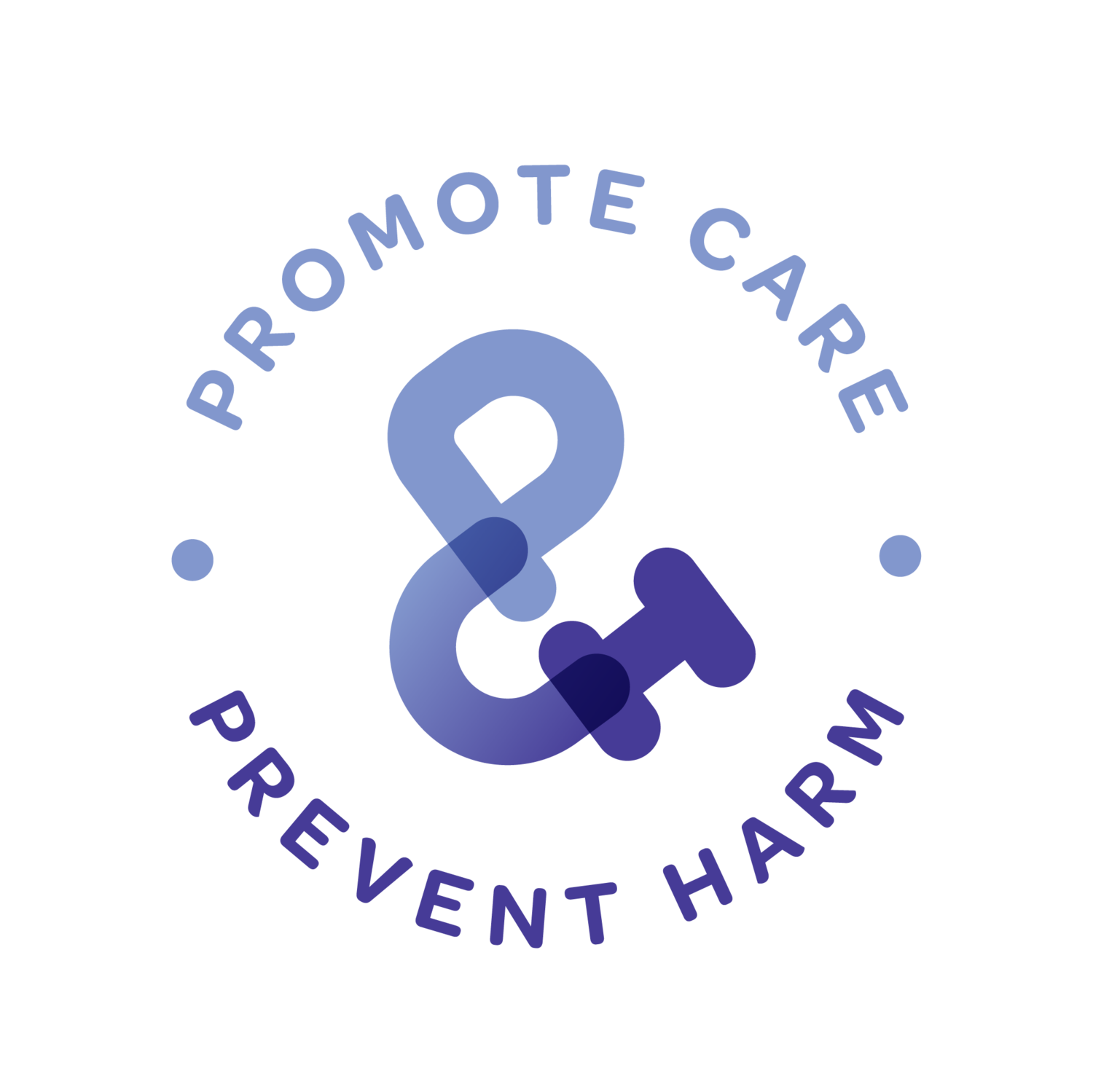Youth-Led Resilience Promotion (YLRP)
Centering youth as leaders for promoting resilience after a disaster
4 hr course | Youth-Led Approach | An Integrative Resilience Promotion and Trauma Recovery Approach
Overview
The Youth-Led Resilience Promotion program guides students through a simple 5-step process for developing new strategies and implementing initiatives to promote resilience and support peer trauma recovery.
Using the Promotion & Prevention Social Change Model, participants develop youth-led strategies.
After a disaster, the focus shifts to psychological trauma response and recovery. Yet, resilience is the expected trajectory for most people after a potentially traumatic event (Bonanno, 2021).
Youth need to promote relational resilience through caring and supportive actions that build connection.
Process
Step 1
Identify resilience promotion & trauma recovery gaps
Step 2
Set resilience promotion & trauma recovery goals
Step 3
Create youth-led resilience promotion & trauma recovery strategies
Step 4
Implement youth-led resilience promotion & trauma recovery strategies
Outcomes
Assess Gaps
Participants will be able to articulate…
Identify gaps between the current undesired states and future desired states related to school norms, peer behaviors, and peer feelings related to resilience.
Investigate the how risk and protective factors relate to the gaps between the current undesired states and future desired states related to resilience promotion
Integrate identified risk and protective factors into logic models as short-term, moderate, or long-term outcomes for possible change strategies.
Set Goals
Participants will be able to…
Identify resilience promotion & trauma recovery goals
Integrate goals as outcomes in their change logic models
Select Strategies
Participants will be able to…
Compare and contrast the differences and similarities between universal, targeted, and indicated promotion and prevention strategies
Compare and contrast the differences and similarities between five CSAP strategies (information dissemination, education, alternatives, environmental, and community-based process)
Discuss and formulate universal, targeted, and/or indicated change strategies to achieve short-term, moderate, or long-term desired goals/outcomes.
Integrate change strategies into logic models
Implement Strategies
Participants will be able to…
Identify potential barrier and strengths for strategy implementation
Identify ideas for creating a sense of urgency and excitement for change strategy
Identify resources and individuals need to support and execute change strategies
Identify specific steps, delegate tasks to specific team members, and create a timeline to create an accountability system for change strategy implementation
Interest Form
Want to learn more about our programs?






